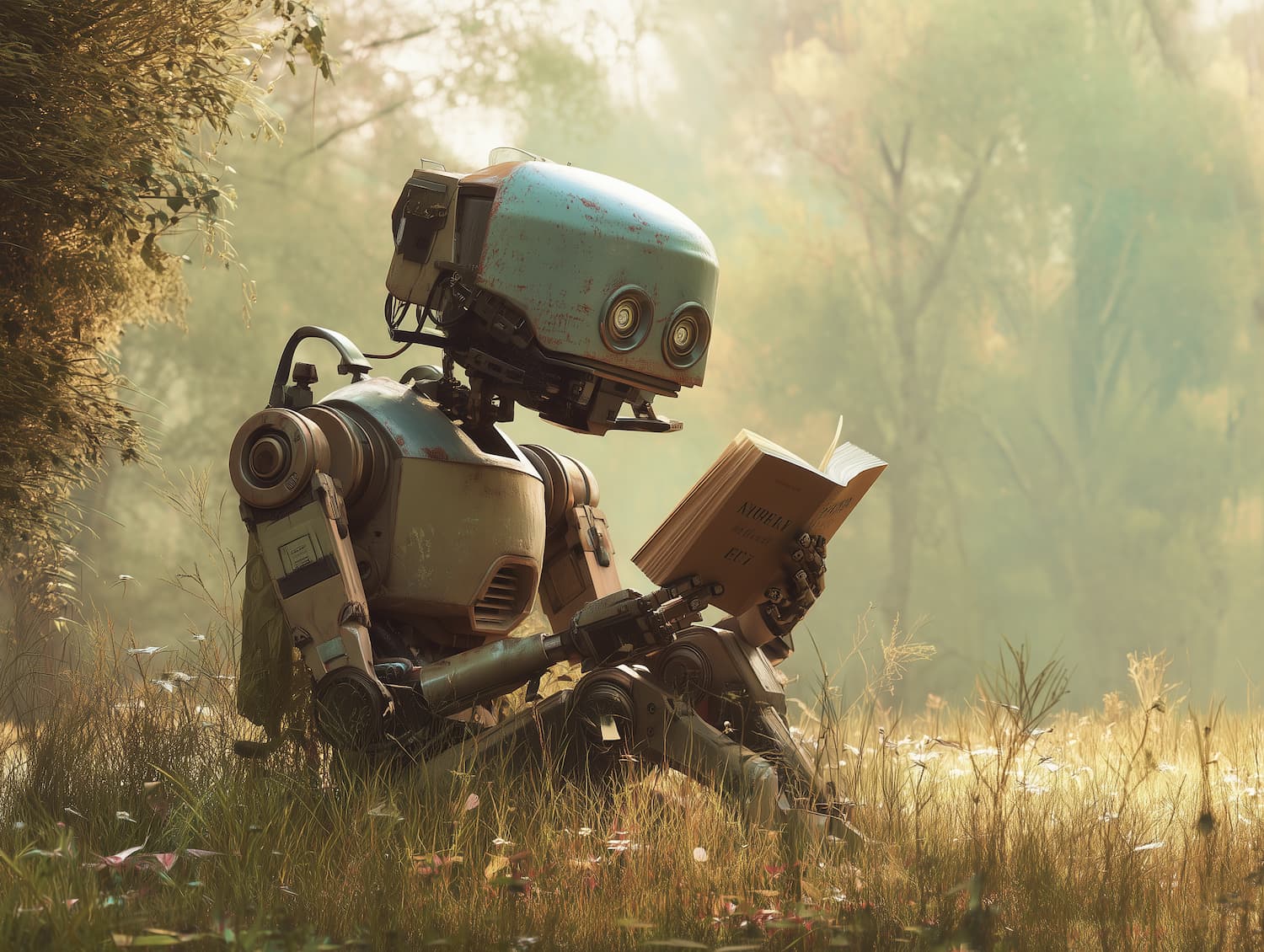From the friendly C-3PO in Star Wars to the menacing T-800 in The Terminator, robots have long captured the imagination of audiences around the world. The silver screen has presented us with mechanical companions, ruthless killers, emotional beings, and everything in between. But how closely do these fictional portrayals align with the robots being developed today in laboratories, factories, and homes? Are cinematic robots simply entertainment, or do they hint at a technological future closer than we think?
This article explores how robots are depicted in popular films and contrasts these portrayals with the real-world capabilities and limitations of current robotics.
The Origins: Robots as Myth and Metaphor
The idea of artificial beings dates back centuries, but the word “robot” was first introduced by Czech writer Karel Čapek in his 1920 play R.U.R. (Rossum’s Universal Robots). From the beginning, robots in fiction were more than machines — they were metaphors for labor, rebellion, or loss of humanity. Early films like Metropolis (1927) depicted humanoid robots as powerful, often dangerous creations that could mimic human appearance and behavior.
This narrative tradition continues in modern cinema, where robots often serve as cautionary tales about unchecked technological progress. But while fiction explores human fears and aspirations, real robotics has progressed on a much more practical path.
Human-like Robots: From Hollywood to Honda
Movies love humanoid robots. Characters like Data from Star Trek, Sonny from I, Robot, and Ava from Ex Machina blur the line between machine and person. They walk, talk, reason, and express emotions convincingly. These robots are often fully autonomous, self-aware, and capable of moral reasoning.
In reality, building a humanoid robot is one of the most complex challenges in engineering. Companies like Honda (with ASIMO), Boston Dynamics (with Atlas), and SoftBank Robotics (with Pepper) have made significant progress, but none have achieved the seamless agility, emotional intelligence, or conversational skills seen in films.
Humanoid robots are expensive, limited in their abilities, and often used more for research and demonstration than for everyday tasks. Creating fluid movement, facial expressions, and context-aware dialogue remains a major technological hurdle.
Artificial Intelligence: Hollywood’s Omniscience vs. Real-World Narrow AI
Film robots often have highly advanced artificial intelligence (AI). They can learn any task, understand nuanced conversation, and even form philosophical thoughts. HAL 9000 from 2001: A Space Odyssey or Samantha from Her exemplify this form of general AI — a type of intelligence that matches or surpasses human cognitive abilities.
In contrast, real-world AI is known as “narrow AI.” This means systems are highly specialized and can only perform specific tasks — such as playing chess, navigating a warehouse, or recognizing faces. While tools like ChatGPT can mimic human-like conversation, they lack consciousness, emotions, or the ability to independently set goals.
So far, general AI — as depicted in films — remains theoretical. Scientists and engineers are still debating whether it’s achievable at all.
Robots with Emotion: Fictional Friendships vs. Emotional Simulation
Films like Big Hero 6 and Wall-E present robots with personalities that can laugh, cry, and love. These stories are emotionally engaging because they imagine robots as social beings capable of forming deep bonds with humans.
In real life, some robots are designed to simulate emotion, especially in healthcare or education. For example, PARO the robotic seal offers comfort to dementia patients, and the robot NAO is used to engage children with autism. These machines don’t actually feel emotions but are programmed to behave in ways that evoke emotional responses from humans.
While affective computing — the study of systems that can recognize and simulate emotions — is advancing, genuine empathy and emotional awareness are far beyond current robotic capabilities.
Robots as Threats: Doomsday vs. Responsibility
One of Hollywood’s favorite tropes is the “robot uprising.” Films like The Matrix, I, Robot, and Terminator explore scenarios where intelligent machines turn against their creators. These stories tap into deep societal anxieties about control, autonomy, and the ethics of artificial life.
In reality, robots are tools created and controlled by humans. While discussions about AI ethics, bias, and autonomous weapons are very real and important, there is no evidence that machines will spontaneously develop hostility or self-preservation instincts. Instead, the real danger lies in how humans choose to design, deploy, and regulate such systems.
The focus in robotics today is on building systems that are safe, reliable, and beneficial — not world-dominating.
Everyday Robots: The Real Stars of Robotics
Unlike the cinematic giants, real robots are often invisible or unspectacular — but incredibly useful. Robotic arms assemble cars, drones inspect power lines, and vacuum robots clean floors. In medicine, robotic-assisted surgeries enhance precision. In agriculture, autonomous tractors and drones optimize crop yields.
These robots don’t have faces, personalities, or dramatic storylines. They solve specific problems with increasing efficiency and are revolutionizing industries behind the scenes.
Inspiring the Next Generation
Despite the inaccuracies, robot movies have had a powerful influence on science and education. Countless engineers, programmers, and roboticists cite Star Wars, Iron Man, or Transformers as early inspirations. These stories fuel curiosity and creativity, which can lead to real innovation.
Films also raise ethical and philosophical questions that encourage dialogue about the future of human-machine interaction. When done thoughtfully, science fiction can be a springboard for scientific progress.
Conclusion: Entertainment vs. Engineering
The robots we see on screen are reflections of our hopes, fears, and dreams — not blueprints of current technology. While real robots may not be as glamorous or autonomous as their fictional counterparts, they are transforming the world in quieter, more practical ways.
As robotics continues to evolve, it’s important to separate fiction from fact. But we should also recognize the role that storytelling plays in inspiring the next wave of breakthroughs. After all, today’s robot labs may be filled with scientists who once imagined building the next R2-D2.
